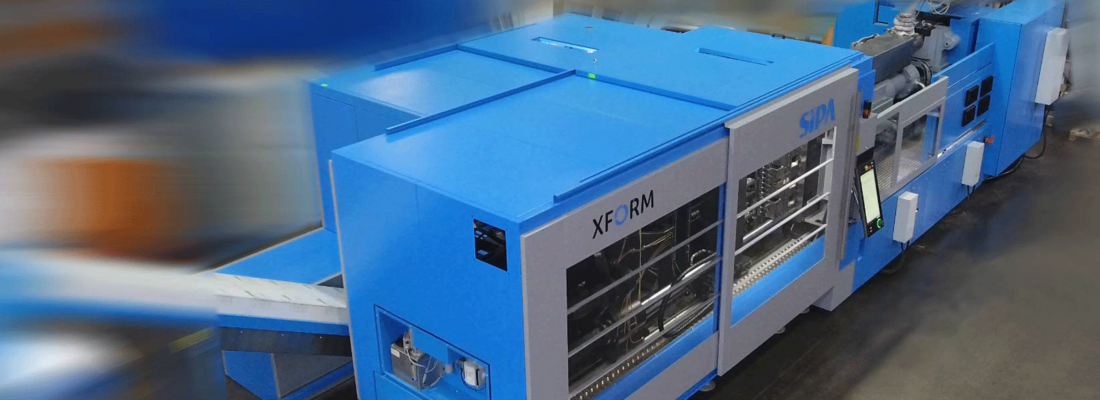Each new generation of injection molding equipment will bring such costs down, sometimes significantly. So to stay ahead of the competition, maintain (and hopefully improve) profits, preform producers need to be aware of all the opportunities to improve their assets, and consider when the right moment is to make the next leap forward in capital expenditure, CAPEX.
A PET preform injection molding system represents a significant investment, so obviously the owner wants to get the most out of it. But after a few years, some important questions need to be asked. How much effect is wear and tear having on up-time? Can my old machine take full advantage of latest developments in preform design technologies? How does its energy efficiency compare with the latest machines? Can I still get spare parts for my old machine? Could I possibly use a smaller machine with the same molds? How much can I offset its second-hand value against the price of a new machine? Could a different supplier offer me technical service that is as good as, or even better than what I get now? What about finance packages? Will all the molds I have now still be able to run on a new machine, especially if I change brands?
The list goes on, but it all boils down to this: are the short-term savings I make by not investing outweighed by the medium and long-term losses in product quality, total cost-efficiency, and profit?
Here are just a few things to consider in more detail.
Energy savings
Never has energy been such a hot topic. And while recent sharp increases in electricity prices brought about by restrictions in gas supply from Russia will, hopefully, be a short-lived phenomenon, the underlying trend is up. This trend will continue in any case, as energy from non-renewables is gradually replaced by energy from sustainable sources, where major CAPEX investments are required, even while the new technologies have low OPEX. So an investment in a new preform injection molding system that saves as much energy as possible makes a lot of sense. SIPA’s XFORM Gen4 has the lowest energy consumption of any preform production system on the market today. Consumption of under 200 Wh for every kg of PET processed is typical. That could be half the amount your current machine is using, and quite easily 20% less.
Higher productivity
A new machine can produce significantly more preforms over any given period than a machine that is just a few years old. The XFORM Gen4 has a lock-to-lock time of just 2.3 seconds. And because it accepts molds from just about every manufacturer, cycle time improvements, sometimes as great as three seconds and often more than one second, are achievable with all existing tooling. New machines run with lower unplanned downtime too, leading to an overall equipment efficiency gain of anywhere up to five percent. Fewer stops and higher overall process reliability also reduce scrap rates.
Production optimization
It pays to have plasticating screw and extruder sizes optimized for specific applications whenever possible. An over-sized screw can create excessive degradation of the PET, leading to an unnecessary drop in IV and a rise in acetaldehyde (AA) levels. On top of that, the correct screw size can drastically reduce energy consumption.
Constraints on a machine’s injection capability may have important repercussions. On an older machine, due to the length over thickness ratio limitations (L/t), the traditional approach was to have dedicated preform designs with different overall shapes and dimensions, even if the bottles to blow were not that different. But on a new XFORM Gen4 system, it is often possible to reach the same objective with a single tooling and simple mold cores conversion. That means that one mold can incorporate two or three different preform designs. Not having to stop production in order to change cold halves has an important effect on machine availability.
Flexibility is also improved especially when producing with different raw materials like rPET.










